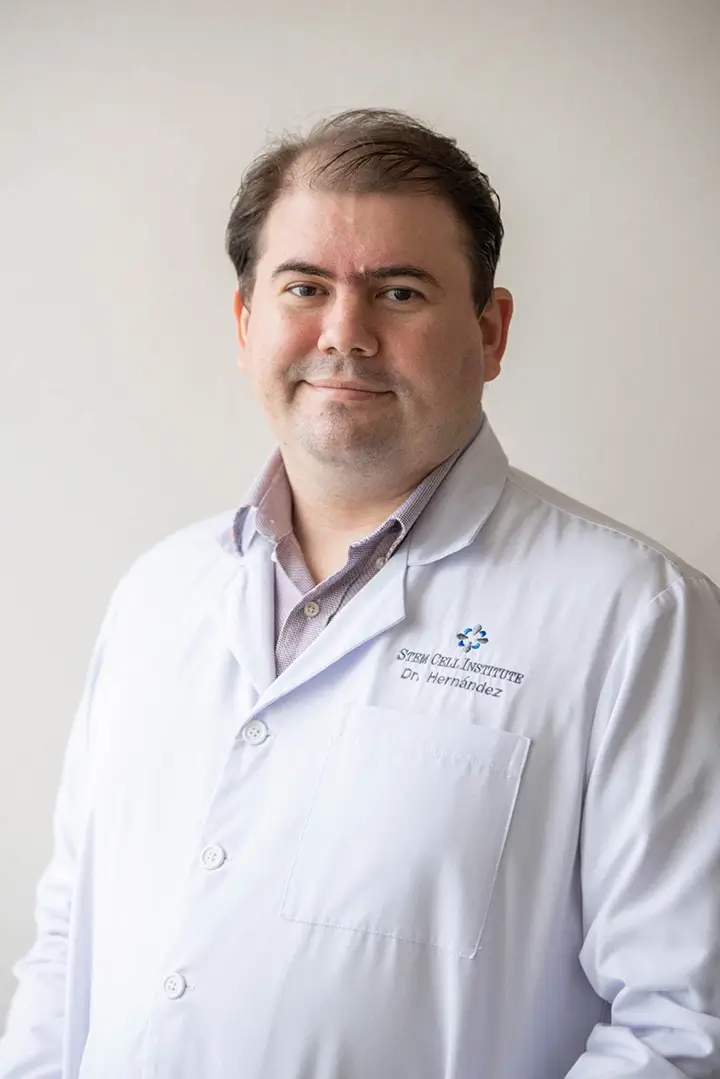Thomas Maugh II, Washington Post
Ernest Armstrong McCulloch, 84, passed away January 20 in his hometown of Toronto. Dr. McCulloch, a medical doctor who attended the University of Toronto is best remembered as the first, along with biophysicist James E. Till, to isolate and identify a stem cell.
Their discovery was reached while both were young researchers at the Ontario Cancer Institute at Princess Margaret Hospital. The discovery came as somewhat of an accident while studying the effects of ionizing radiation on mice. The aim of their study was to attempt to learn how exposure to radiation from nuclear weapons killed and also how radiation destroyed tumors. The mice were irradiated to the point that they would die within 30 days without an infusion of undamaged bone marrow cells. Shortly after injecting the cells, Dr. McCulloch discovered nodules in the spleen. His background in bacteriology allowed him to form the hypothesis that these nodules were the source of replenishing blood cells that were keeping the mice alive. These results were published, however received very little attention. Two years later, after hundreds of hours of intensive research, McCulloch and Till published a paper proving that all three types of blood cells – red, white, and platelets were produced by a single stem cell.
This discovery was the precursor for bone marrow transplant therapy, a treatment which has been utilized for 40 years and saved countless lives. “Without their work, we would never have had bone marrow transplants,” Michael Rudnicki, scientific director of the Stem Cell Network, told the Toronto Star. “We might have muddled our way through it . . . but their work provided the theoretical underpinnings for bone marrow transplant as a therapy, which has been in the clinic now for 40 years and has saved countless lives.”

